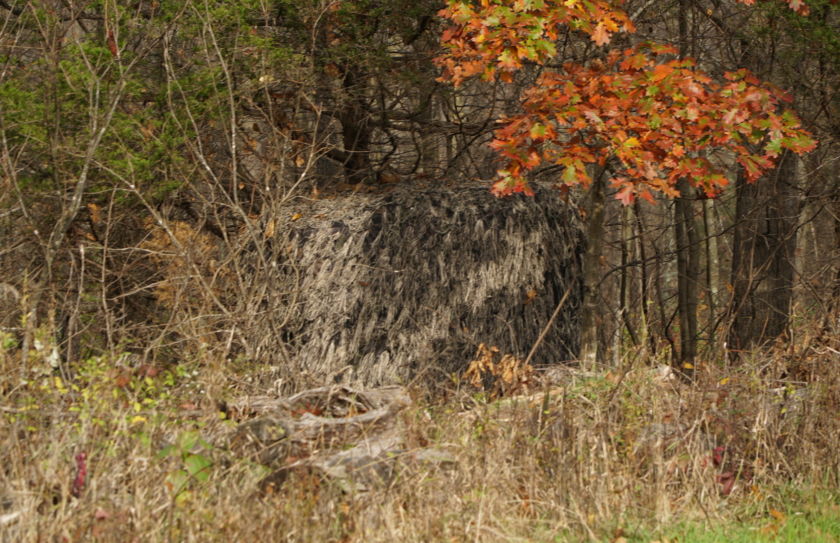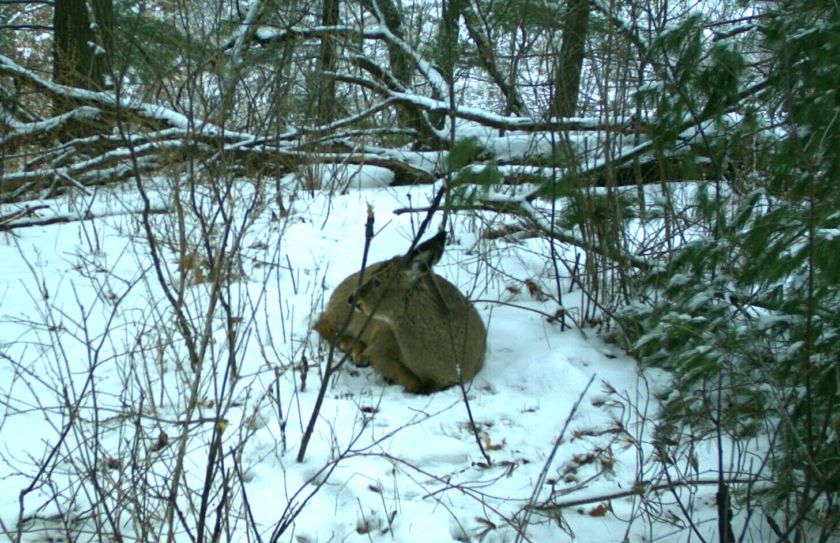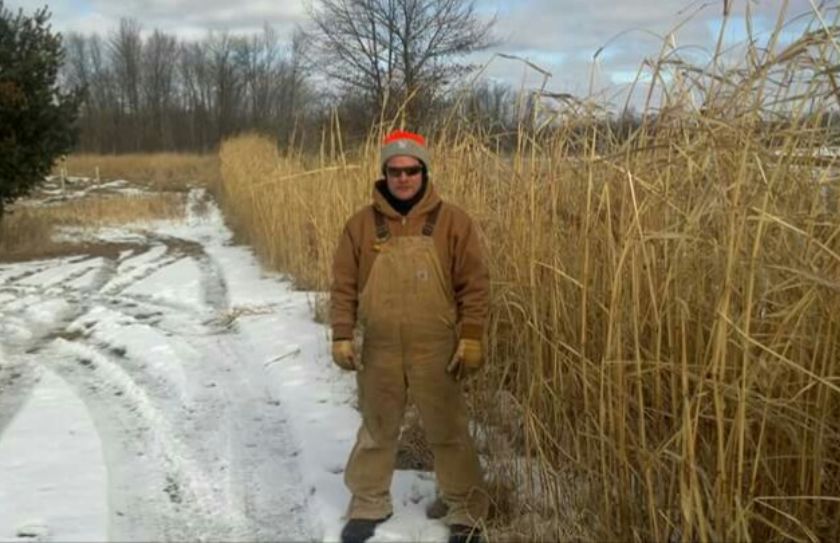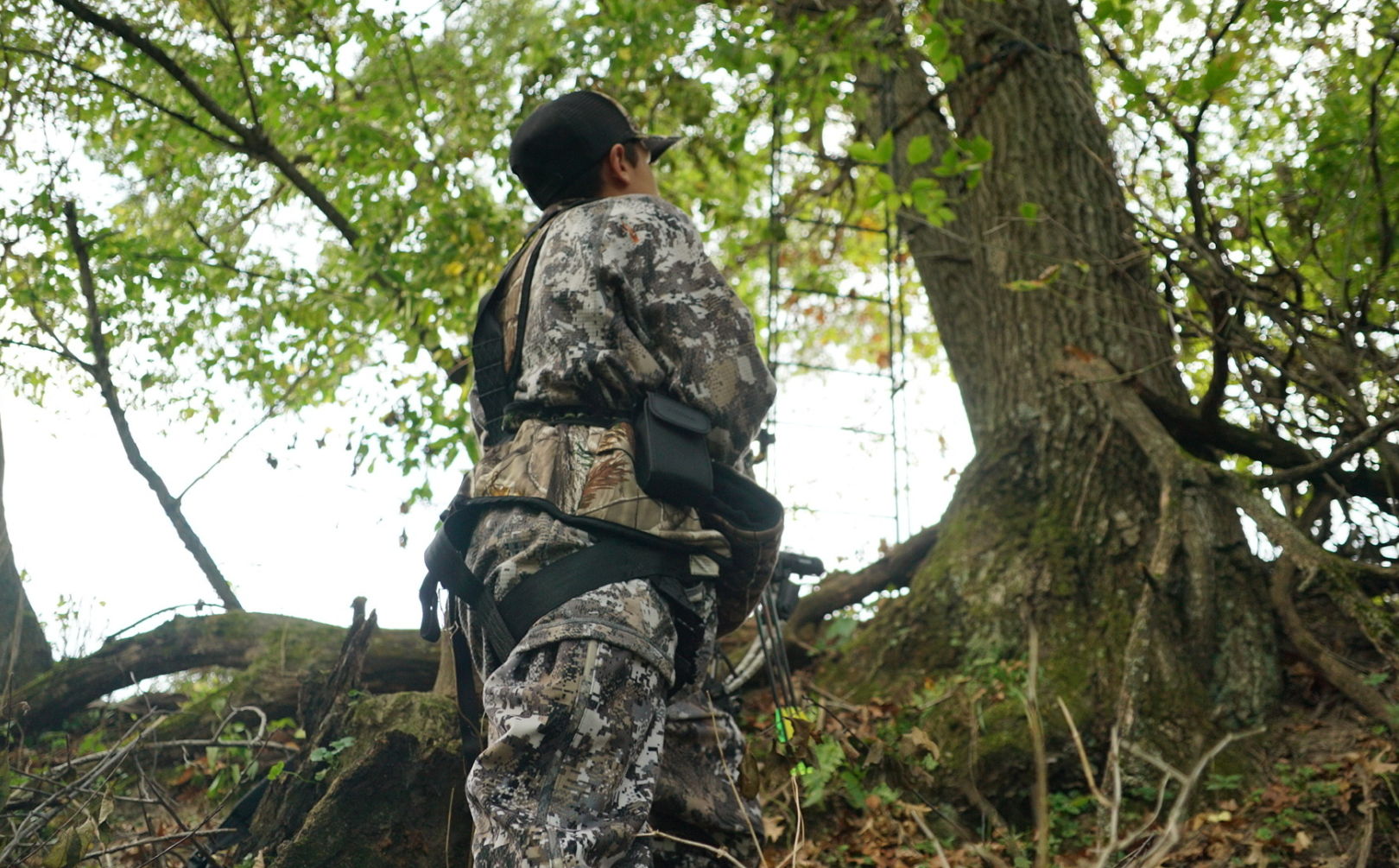
While there are several ways to avoid spooking deer when hunters access their land, the practice of not alerting the entire deer when hunters enter or exit their treestands, is probably the most talked about but overlooked aspect of deer hunting. There are 5 critical tips to practice, to keep from spooking deer when you hunt. When you learn to use every available spook-proofing resource of land, habitat improvements and herd timing, it becomes relatively easy to keep the deer from seeing, smelling or hearing you.
*It's almost an unfair advantage, when you are blessed with the opportunity to keep from spooking deer, by using Hills and Topography.
5 Ways To Avoid Spooking Deer When You Hunt
In my experience the most successful hunters, have learned to keep from spooking deer by hunting like a predator. Here are 5 ways to tap into your spook-free predatory access instincts:
1. Timing The Herd For Stand Access
The more your habitat improvement or scouting efforts have worked to identify highly defined deer movements, the more you can establish a pattern of access that is based on traveling to and from stand locations where deer are more likely to not be, than where they will be.
2. Hidden Access Thru Natural Lay of the Land
If you can hide behind it to control your hunting pressure, then do it! Ridges, points, ditches, creeks and conifers are just some of the ways that you can use the natural lay of the land and habitat, for spook-proof access. You shouldn't just try to take advantage of these natural features, but instead, these features should be used as best as possible, to design your entire hunt.
3. Plantings and Improvements To Screen Your Access
Are you lacking the natural features for keeping your access as stealthy as possible? Then Egyptian Wheat, berms, switchgrass and conifer plantings are all exceptional screening improvements that offer a mix of long and short term access enhancements.
4. Shadow Access For Daytime Travel
Using the shadows of a woodline or hillside may seem rather obvious, but it is an subtle but often overlooked tactic that can significantly enhance your ability to access without spooking deer. If you have the choice, always keep your hunting travels in the shadows and out of the spotlight.
5. Controlling Scent, Sound, and Site For Predatory Access
I believe a large, predatory cat could slink thru your land without ever spooking deer. It can do that by making sure that the local deer herd doesn't smell them, hear them or see them. What I have experienced is that hunters largely attempt to keep deer from seeing them when they access their stand locations. However, keeping deer from smelling you on the way to your stand is just as important but often overlooked, and how many of you attempt to never let a deer hear you? Whether you are using ATVs to access your land, allowing your scent to drift 150 yards into bedding areas or exposing yourself to deer bedding above you on a ridge, being a predator in your treestand is all for not if you haven't been a predator during your access to or from your treestand.
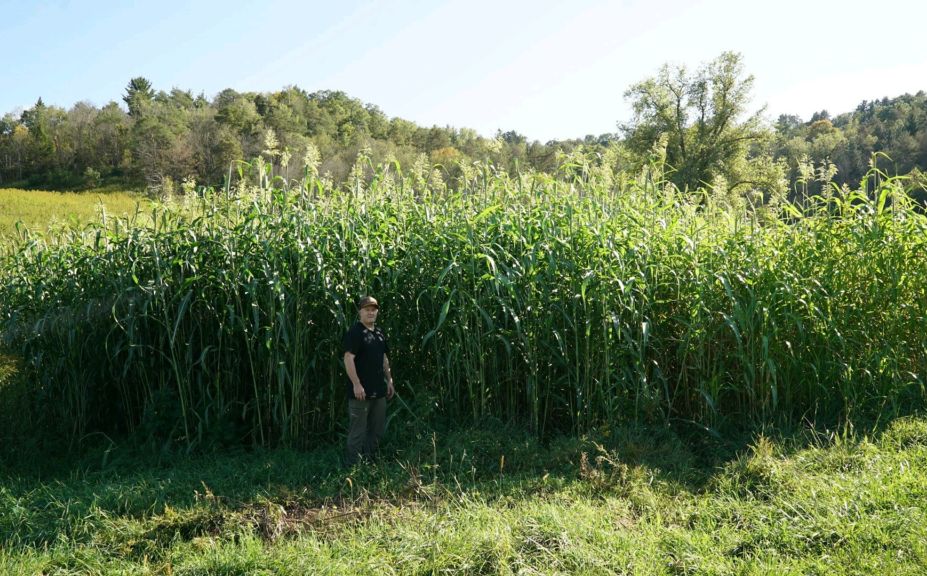
*Do you need a quick, highly effective and immediate screen to help you avoid spooking deer when you hunt? Try Egyptian Wheat.
Conclusion
Making sure that you don't spook very many deer when you hunt each time is one strategy but, have you ever considered the accumulative effect from spooking deer over the course of an entire season? In my experience it adds up to a point that destroys the opportunities that otherwise would have been available, for the rest of the season. For some, there is enough access issues that their land is effectively deminished to a level of very poor hunting, after the first weekend. For others it takes until the middle of the season before the deer have hade enough.
My goal for you is to spook so few deer over the course of the hunting season, that the deer never really recognize that it is actually hunting season, on your land. Using every available trick in the predatory access book to keep from spooking deer on your land, may even be more important than any of the improvements that you make on your land. When you use a great access plan to design your hunt on public land, an extremely high level of potential is within your grasp. Also, when you build your private land improvements around a spook-free access plan, your efforts can be be rewarded. However, if your access isn't spook free from the start on either private or public land, your hunt could be over before it even begins.
